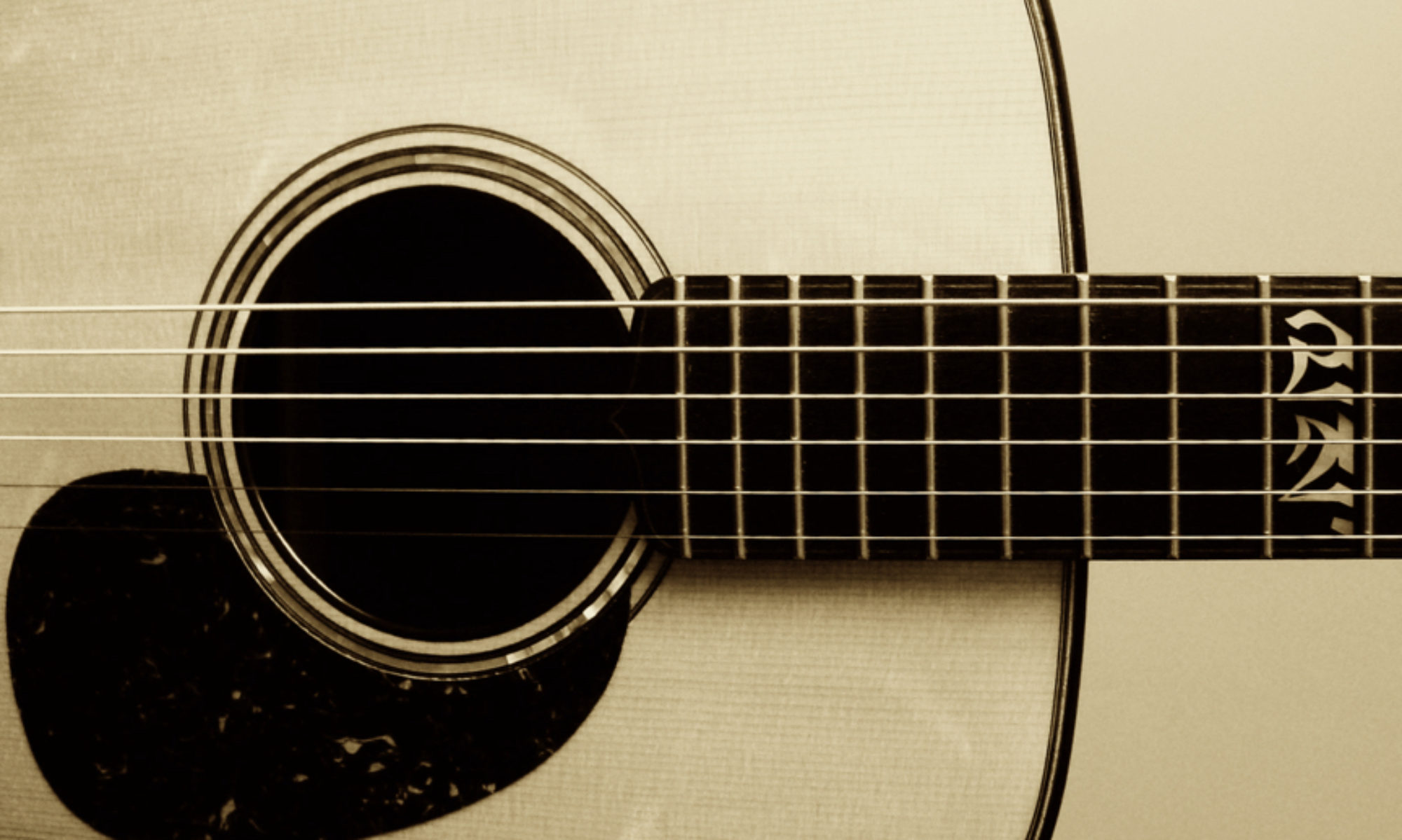Since beginning this blog I’ve tried pretty hard to keep it focused cleanly on the subject at hand, which is to say my guitars, my guitar lessons, and my opinions and experiences related to both. I’m not completely convinced the world requires a public record of any of these things, but I am positive that what the world DOESN’T need is a public record of the more personal aspects of my life. I have made a conscious effort to only mention friends, family, my workplace, etc., insofar as they have some connection to or impact on the aforementioned guitar-related experiences.
And so it is that I write now about outside forces that have affected my musical pursuits over the last couple of months; not to complain (God knows I’m doing enough of that off-line these days), but rather to keep this record complete.
Since my last entry in October, a number of changes have taken place at work, chiefly the unexpected departure of my boss and the relocation of our NYC offices. Along with the continued crappy state of the general economy, the consequences of these two occurrences have been staggering. In addition to all the usual trials and frustrations of moving, our office relocation was also an office resizing — from a crowded-but-adequately-sized space to something roughly half the size. Over a month later now, we still haven’t figured out quite where to put everything. Worse, the absence of my boss has left an oversized hole in upper management which has resulted in an oversized dose of micromanagement coming from the top. My level of exhaustion and frustration is staggering and at least vaguely depressing.
All this may seem completely off the mark as related to the topics of this blog, but the connection is that all this has thrown me and my home life into such upheaval that I have almost completely stopped all my musical activity. First, my daily schedule became so irregular and unpredictable that I was forced to suspend my lessons. Since then the stress and overwork have increased exponentially, to the point where I’ve also suspended my practice time. I haven’t lost my interest and enthusiasm, but I’ve found that the only way for me to recharge my batteries is through passive activity: I can listen to music, watch TV, read…. I just can’t expend the energy to pay attention, make the decisions, and concentrate on the myriad of details necessary for mindful, constructive practice. Of course this, too, adds to my general frustration.
It’s very hard for me to see where this is all leading. My gut tells me the situation at work is unlikely to improve. It remains to be seen if I can find a way to personally deal with the situation more effectively, or if I’ll have to make changes of a more drastic nature. Certainly I can’t continue indefinitely down this same path.
